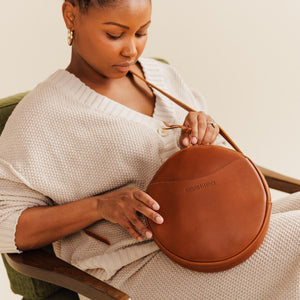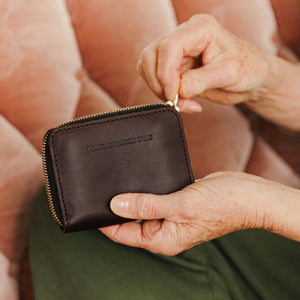
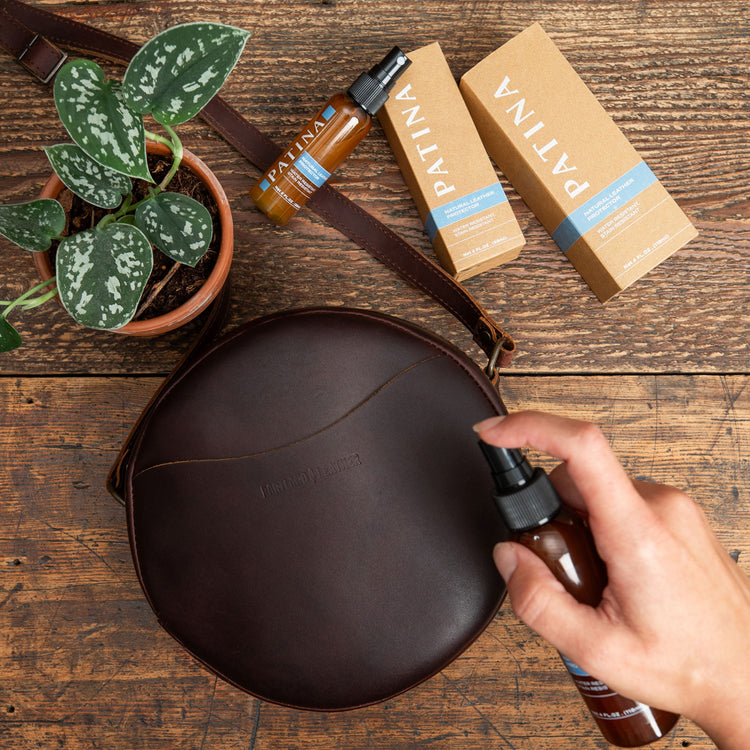
Leather Care Guide
Durable & Lasting
Full Grain Leather
Full grain leather is the strongest and most durable available and is six times stronger than buffed, upholstery, or 'genuine leather'.
It is real leather and the unique texture and natural imperfections from the cow's life have not been sanded, cut or shaved off.
Rather than wearing out, full grain leather will naturally condition with use, developing a much sought-after patina and unique character over time.
More common 'genuine leather' products available from large department stores have been stripped down and rebuilt with resins, waxes, and chemicals to make all 100,000 look identical.
Your full grain Portland Leather Goods items will be stunning when you use them for the first time, and only increase in beauty every day, becoming something you will treasure for a lifetime.

Protect your leather
1. Your leather product is made from the most durable full grain or brushed American Cowhide. With use, the leather will condition itself from the inside out, developing a beautiful patina and unique character over time. Resist the urge to treat or clean minor stains and scratches. Most small scratches and stains will become less noticeable over time and contribute to the character of an authentic leather bag.
2. To proactively treat your leather for basic water and stain resistance, a lightweight protector is the way to go! Our Natural Leather Protector is an odorless, wax-free formulation that helps to wick away small spills and water droplets with ease! For any light staining that may occur or for cleaning off pollutants from everyday wear, we’d recommend pairing this with the Natural Leather Cleaner.
3. Scuffs and scratches happen – it comes with the territory of full-grain leather! Periodically conditioning your leather will restore its patina and will help to buff out any superficial scratches. Our all-time favorite is the Ultimate Leather Conditioner. Bonus: this product also helps to clean leather, with a formula that reaches deep within the fibers. Feel free to pair this treatment with our Natural Leather Cleaner to treat more difficult stains.

Protect your leather
4. Accidents happen! For major stains, we recommend consulting a leather specialist who knows the best way to remove stains without changing the color or appearance of the leather.
5. If you carry your bags as we do - all the time - you may notice that the leather at the corners of some bags may become dry more quickly. Give your bag a little TLC with a small dab of Revitalizing Distressed Leather Conditioner. Formulated with mink oil, this rich treatment is great for worn out leathers that need some extra love! A little goes a long way!
6. Footwear: If your shoes work as hard as you do, we recommend opting for an extra layer of protection right off the bat. Whether you live in a particularly rainy or humid climate, or simply want to extend the lifespan of your footwear, a waterproofing treatment is your first line of defense. Elevate your shoe care routine with our Rain & Snow Shield – this formula will aid in repelling moisture, dirt and stains, while simultaneously conditioning leather footwear to retain its supple texture and rich color. Please note: this product is not recommended for suede or Nubuck leather.
For more information on caring for your leather please visit our Total Leather Care Guide blog page.
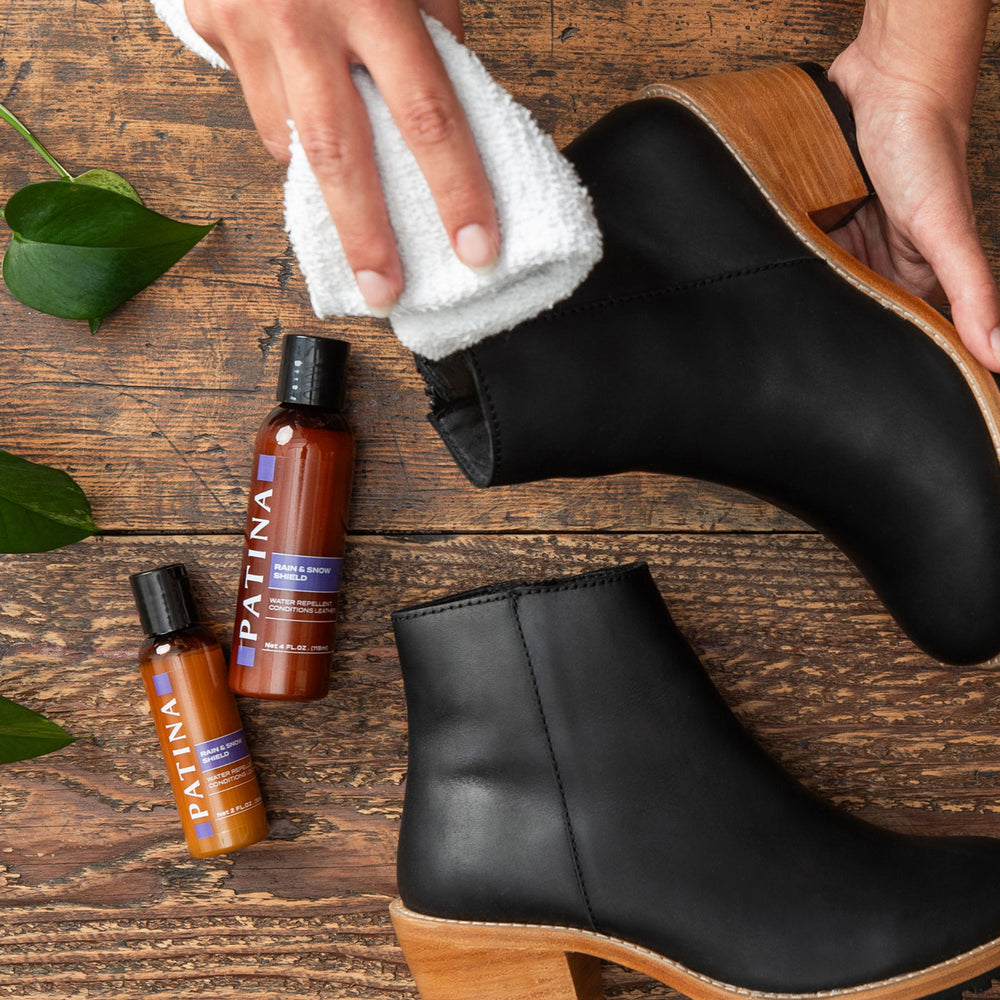
Leather Types
Beauty & Texture
Pebbled leather is created through a unique tumbling process that gives these bags a slouchier silhouette and relaxed, pre-broken in feel right out of the box. Its surface is textured or “pebbly” to the touch.
Beauty & Texture
Pebbled leather is created through a unique tumbling process that gives these bags a slouchier silhouette and relaxed, pre-broken in feel right out of the box. Its surface is textured or “pebbly” to the touch.
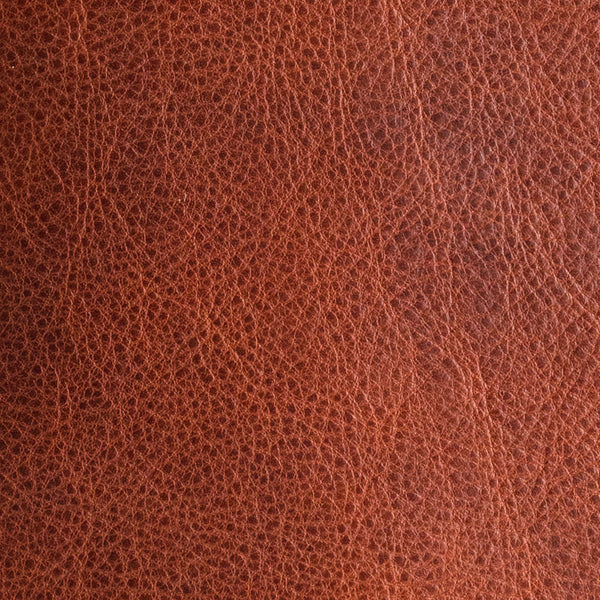
Nutmeg is a toasty, medium brown that is tumbled to achieve a pebbled texture. This color has been our best-seller for years! The leather is soft, malleable and naturally scratch resistant. Very few can resist the warm allure of our Nutmeg.

Coldbrew is a pebbled dark chestnut brown leather that reminds us of our favorite caffeinated beverage. With minimal pull-up, Coldbrew has a uniform color that shows off its lovely pebbled texture. Thick, slouchy and lightweight with an easy wax finish that is naturally scratch resistant, it's no surprise Coldbrew is a best-seller.
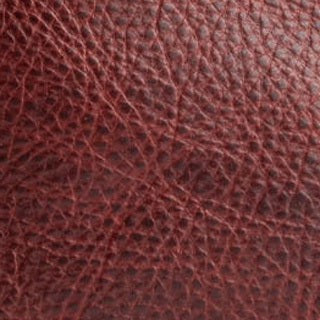
Cozy up to Cinnamon Bear, a warm, rusty brown with deep red undertones. Full-grain leather is tumbled to achieve a pebbled texture that is naturally scratch resistant. This leather has a soft and malleable feel, with a waxed finish for a bit of shine. A versatile neutral with a spicy kick, a pinch of Cinnamon Bear goes a long way in any wardrobe.
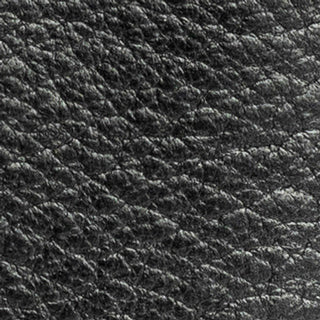
Our Pebbled Black has a uniform color with a distinct shine. Tumbled to achieve its hallmark pebbled texture, this leather is thick, slouchy and light-weight with an easy wax finish that is naturally scratch resistant. Think of it as the little black dress that every wardrobe needs.
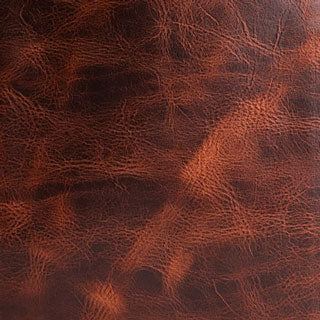
Moody marbling meets dark brown with deep burgundy undertones. Highly responsive pull-up means you can bend and buff the leather to achieve different effects. Texture varies across each hide – structured and smooth to slouchy and wrinkled. Our Lava rocks!
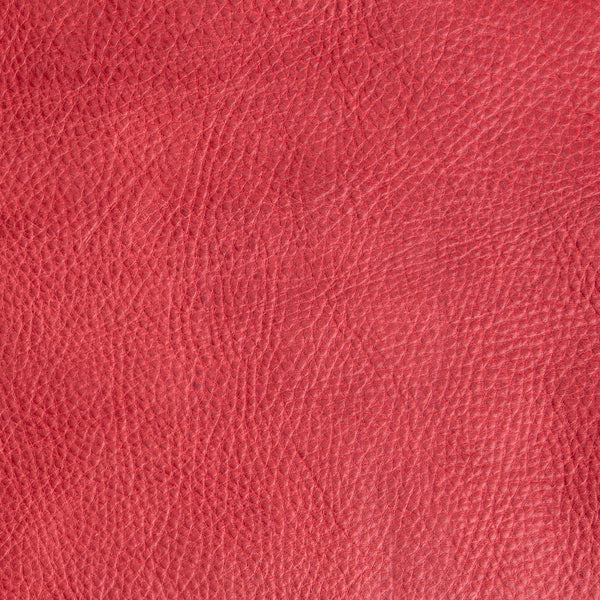
Like a fresh slice of watermelon, this reddish pink has a pebbled texture and natural striations. Character marks appear dark pink and moderate pull up means high individuality. Satisfy your sweet tooth with Sugar!
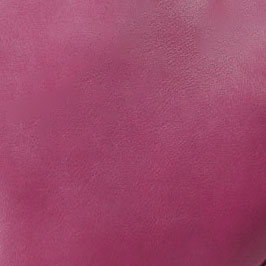
Sweet Pea is a fresh and playful purple with pinkish-plum undertones. Lightly tumbled to bring out the leather’s natural beauty and texture. Finished with a delicate sheen that will catch the sunlight just so.
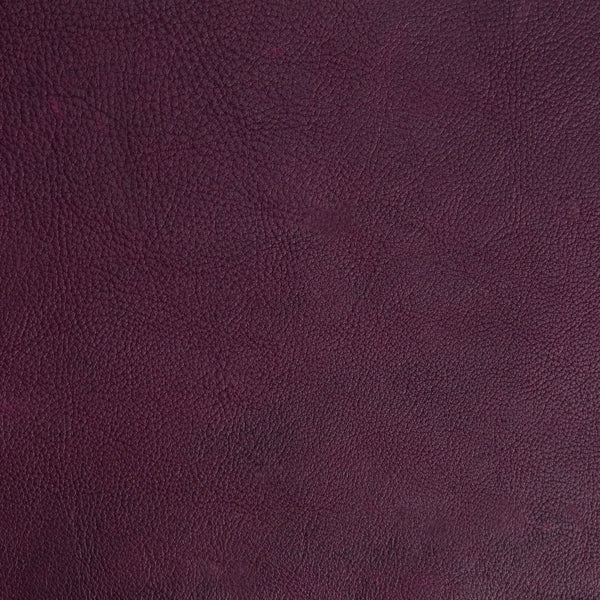
Like the beloved fruit, this juicy, dark purple has an eye-catching shine. A bit of pull-up combined with pebbling, create a dynamic, touchable texture. If you like purple, Plum is sure to please!
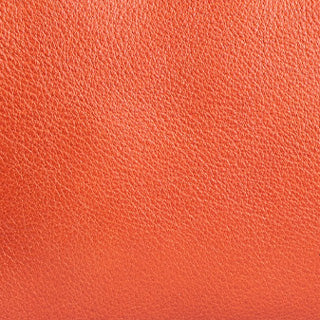
Koi is an orange that calms and mesmerizes. Rich, vibrant, and earthy with a subtle sheen. Pebbling brings out the color’s dynamics. Style with blue jeans for a gorgeous complementary pairing.
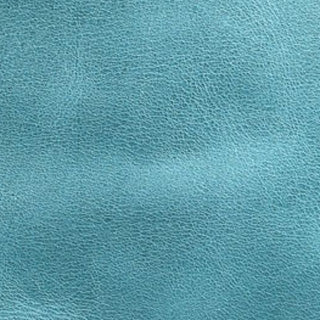
Blue skies and mermaid vibes - Aqua is a turquoise-blue shade with a unique, wax-buffed texture and matte finish. Tumbling creates a faded marbling of light and dark hues throughout, like the swirl of ocean tides, and gives flexible structure. With Aqua, paradise is always within reach!
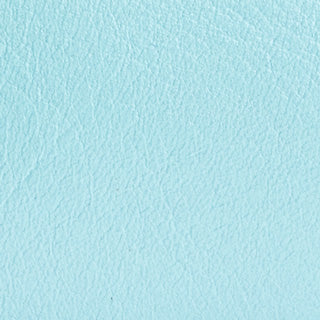
Where clear waters meet clear skies - that was our inspiration for Cabo. An airy, light blue with a subtle, shimmery finish. This full grain leather is mostly smooth with a touch of tumbling to add texture here and there.

Float away on this dreamy powder blue. Semi-aniline finish creates a smooth, uniform color while allowing textural marks to stay true on this pebbled leather. Enjoy the soothing and cheerful hue that is Dream!
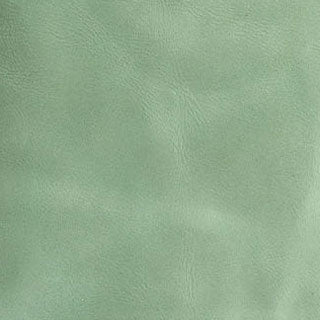
A fresh-from-the-garden green with a waxy, marbled finish. Like nature’s goodness, each lightly tumbled piece will have its own unique variation. For those that stick to neutrals, Cucumber can be a true palette cleanser!
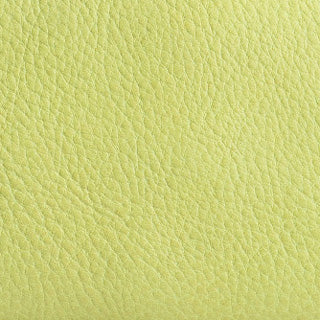
A garden-fresh hue as uplifting as the first signs of spring! This light yellow-green is petal soft and tumbled – expect a wide range of pebbling. Let Sugar Snap climb its way into your heart!
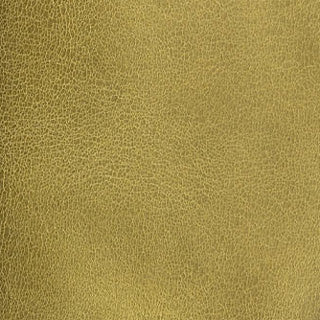
Oui, oui! Anjou is a delicious pear green with sunny undertones. Tumbled to achieve a unique and gorgeous marbling. A matte finish gives a flavor of sophistication. A real beret-turne
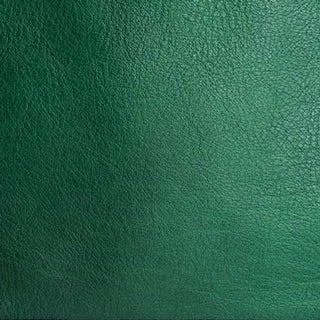
Bacalar is named after one of Mexico’s “magical cities.” The Lake of Seven Colors inspired this lush, tropical green pebbled to perfection and finished with a light sheen. Be enchanted by Bacular's lush beauty!

We’re stoked about Surf! This moody turquoise-green leather has a matte, wax-buffed texture, tumbled to create a marbling that mimics the churning of ocean waves. Surf can make a big impact, or it can be more subdued and calm - it’s all in the styling. Tubular!
Timeless Classics
Smooth leather has structure and a sleek finish. These bags will generally “stand up” on their own when new, although the leather will relax as it breaks in.
Timeless Classics
Smooth leather has structure and a sleek finish. These bags will generally “stand up” on their own when new, although the leather will relax as it breaks in.
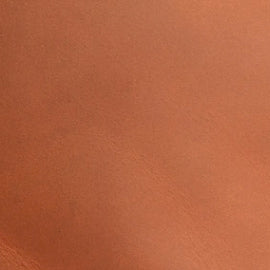
Honey is a captivating blend of amber and light-brown hues that complement each other beautifully. With a gentle pull-up effect, this leather develops an alluring patina as it ages. Our customers love Honey because it's a magical neutral that complements every outfit!
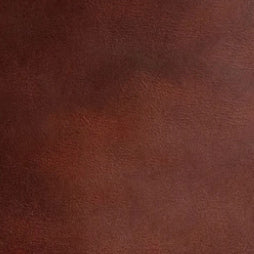
Cognac is a rich, medium brown leather with red undertones and a moderate amount of pull-up. A smooth and luscious finish makes Cognac a sleek and classic option. Customers can't get enough of Cognac for its timeless appeal and versatility.
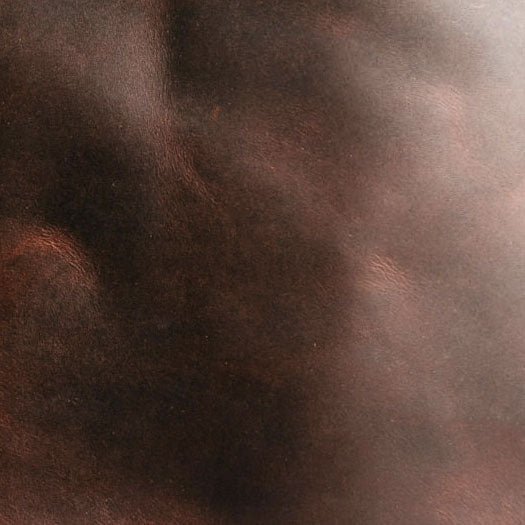
Grizzly is a captivating deep, dark brown shade adorned with a moderate shine and understated pull-up effect. This leather's smooth and firm texture gracefully matures, revealing a stunning patina that tells the story of its timeless charm. Customers gravitate to Grizzly because its gorgeous hue never goes out of style.
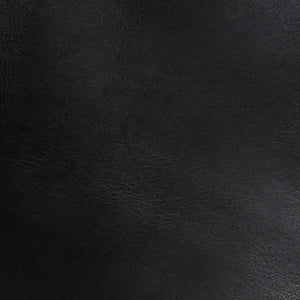
Our Black leather is a matte, oil-tanned leather that is saturated with rich aniline dye to create a uniform color. Natural character marks are commonly more textural and less visual on this dark hue. The porous finish will buff out to a gorgeous shine over time. An elegant and classic leather that you'll reach for again and again.
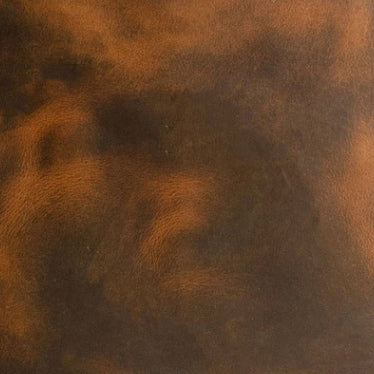
Canyon is a western brown, pull-up leather with a smooth, wax finish. Simply flex, bend or roll to create a marbled pattern that is unique to you. Sturdy and rugged, Canyon has a vintage look that is easy to love.
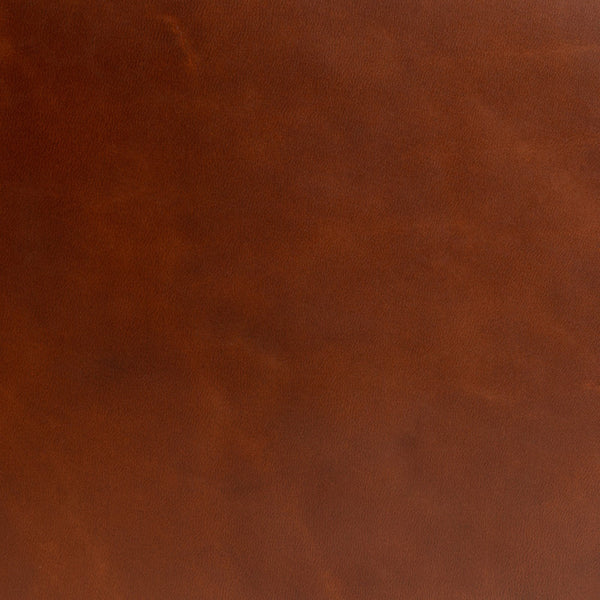
Madrone is a deep reddish-brown that is remarkably smooth and shiny. Good structure with a cork-like interior. Natural character marks appear dark and flat and tend to be apparent up-close. A beloved, old-timey leather look.
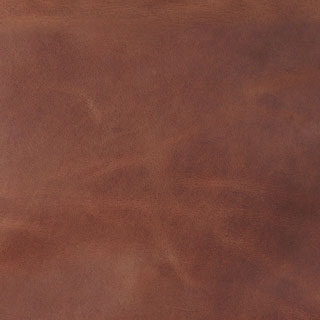
From country bars to country clubs, this classic medium brown fits in anywhere. Aniline and wax gives a slight sheen, mottled finish, and unique variation to each piece. English Tan is a natural beauty through and through.
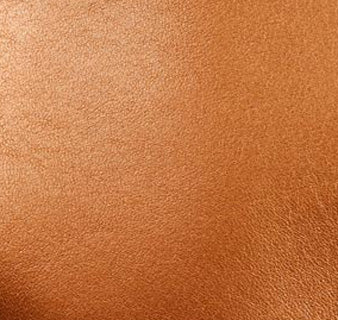
Heat things up with Hava! A true-copper shade with an iridescent finish that shimmers and shines like the Golden-Hour sun. Lightly tumbled for a bit of texture, with soft structure and a smooth finish. From day to night, Hava will keep you glowing!
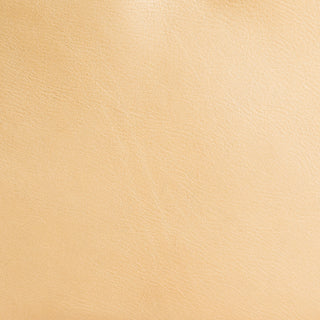
Celebrate your everyday with Champagne! This pale yellow-gold shimmers in the light. Both festive and subtle, this effervescent shade is suitable for any occassion. Lightly tumbled for a bit of texture, with soft structure and a smooth finish - we’ll toast to that!

Sunflower is a sunny mustard yellow that develops a beautiful patina with use. This buttery soft leather compliments many other colors and transitions between seasons with ease. Light tumbling creates a grain that is unique, so subtle pebbling or wrinkling is normal. Our Sunflower will certainly make you smile!
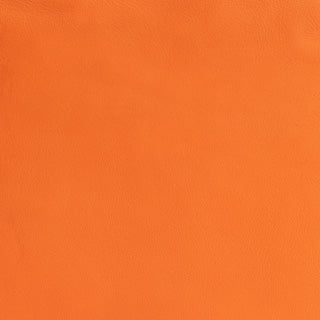
Clementine is a juicy, true orange shade that’s bursting with life. Moderately-structured and lightly tumbled to enhance its natural texture, it effortlessly captures the perfect light. You’re sure to shine with Clementine!
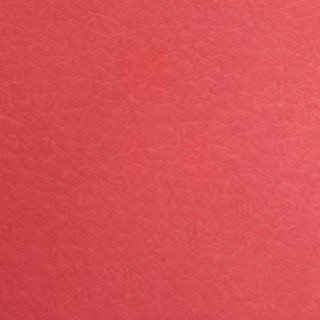
A playful pink with just the right amount of pep. Tulip is put through a retanning process which results in good structure, a touch of stretch, and a cushy hand-feel. Through a subtle sheen, the leather's natural texture comes through. Tulip adds a kiss of color to your favorite look.
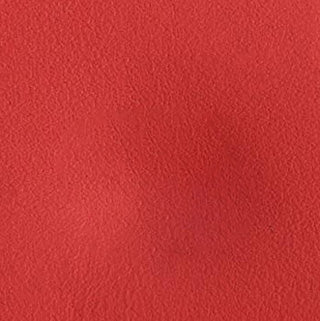
As sweet as a homemade valentine, this cheerful red gives a kiss of pink undertones. Luxuriously soft finish is oh-so pleasing to the touch. Moderate structure with some natural grain showing through. We heart Crimson!
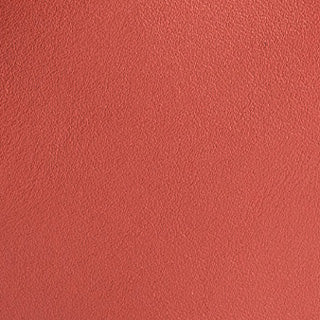
Warm and inviting, Hot Pot is a muted, earthy red. It can be spicy or neutral depending on what it is paired with. A smooth, uniform color and deliciously silky to the touch. Get your hands on Hot Pot!
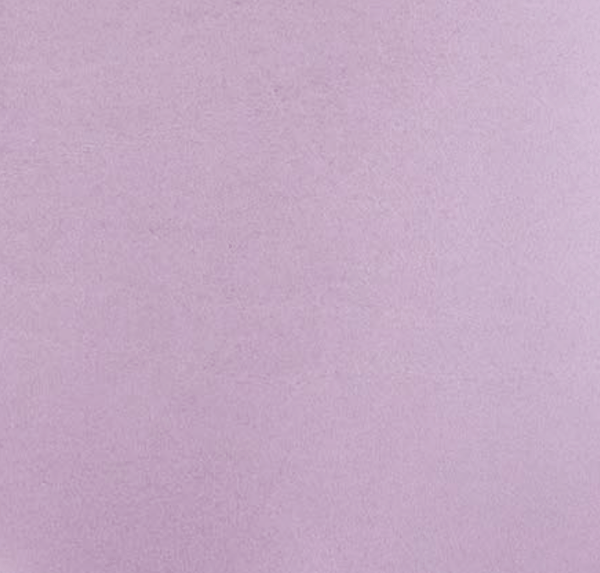
A simply lovely shade. Both structured & lightly stretchy,
this leather goes through a special retanning process that lends a cushy hand-feel. Through a subtle sheen, the leather's natural texture comes through. Pale enough to pair with bold hues to create fresh color combinations. We think you’ll love our lavender!

A cool, pastel green that is ultra opaque and smooth. Soft and spongy to the touch with a firm structure. The solid tone means that natural character rarely shows though leaving a uniform color throughout. Freshen up your color palette with Mint!

Calm and deep – Caribbean is like gazing through the surface of blue-green waters. A semi-transparent finish allows natural character to shine through. Gentle pull-up lends a multi-dimensional effect to this smooth and shiny leather. Get carried away by Caribbean!

A jewel-toned bluish-green lightly tumbled to enhance its natural texture and beauty. Complemented by a mild sheen, it effortlessly captures the perfect light. Supple to the touch with moderate structure. Strut all you want – Peacock wants to be noticed!
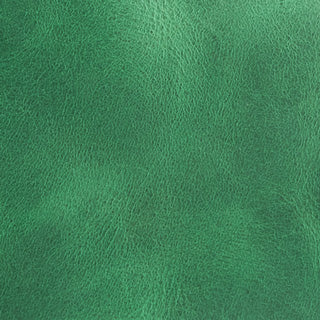
This cool-toned, emerald green is buffed to create contrast and depth for a worn, Western flair. With a shiny wax finish and moderate structure, Cowboy Mint strikes the perfect balance of polished and rugged. Yeehaw!

An herby, luscious green with a finish as soft as rose petals. Matcha has moderate structure, semi-opaque finish, and a bright interior. Silky, earthy and luxe - nothing compares to the magic of Matcha.

Bone is a rich, warm, off-white leather, lightly tumbled to enhance its natural supple texture and to add some flexible structure. The perfect blank canvas to zhuzh as you please - that’s the beauty of Bone!
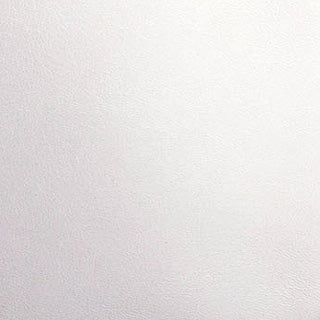
Look closely at this versatile shade with a hint of shimmer! Pearl is a soft white under an iridescent sheen. Lightly tumbled for a bit of texture, with soft structure and a smooth finish. Pearl is an absolute treasure!
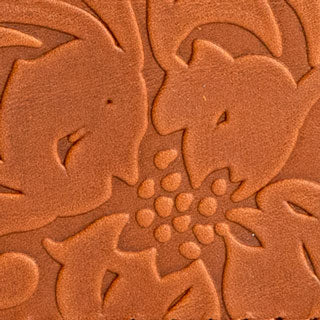
Evoking the look of traditional hand-tooling, Meadow is our best-selling Honey embossed with a vintage year-round floral. Think big blooms meet Fleur de lis. Natural character marks frolic among the added dimension – each piece
is truly a work of art!
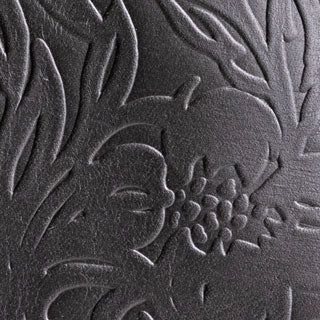
A vintage-inspired floral meets our best-selling Black. Expertly embossed to give the look of traditional hand-tooling, Dahlia has moderate structure and very little pull-up. Equal parts darling and daring.
SOFT & DYNAMIC
Brushed leather has a velvety, suede-like texture that’s rich with natural oils and highly responsive to touch. This gives it an ever-evolving look and moderate structure, while also making surface scratches easy to smooth out.
SOFT & DYNAMIC
Brushed leather has a velvety, suede-like texture that’s rich with natural oils and highly responsive to touch. This gives it an ever-evolving look and moderate structure, while also making surface scratches easy to smooth out.
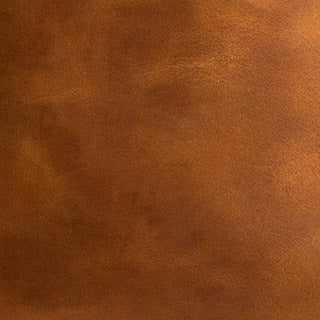
A caramely, blonde-brown with strong vintage appeal. This nubuck leather has a rich, oily texture and heavy pull-up so your bag will be ever-evolving. Dakota gives both Boho and Wild West energy.

Merlot is a deep wine color that is gently buffed for a velvety finish. The rich oils and waxes in this leather will help to repel water and daily scuffs buff out with ease. When present, scars, bug bites and other natural character marks may appear black. Over time, Merlot will develop a luxurious shine.
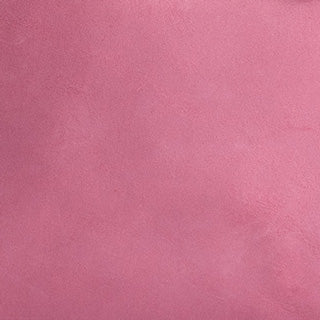
If you’ve ever seen a field of foxgloves, you’ll get a sense of this pinkish-purple hue. A brushed nubuck leather that's pillowy soft with a dry, matte finish, and holds its shape well. Whether it’s worn as a statement or as an accent, Foxglove adds interest to any arrangement!
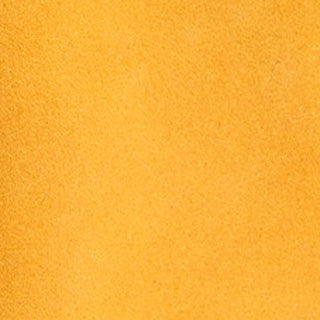
Warm and rich Turmeric is ready to spice up your leather collection. Characterized by a soft, sueded surface and a thick, weighty structure. Substance and style are all stirred up into this yummiest of yellows!

Succulent is a mossy-green nubuck leather with a pillowy-soft brushed texture and matte finish. With an earthiness that pairs well with neutrals, and a rich saturation that makes colors pop. Succulent effortlessly adapts to your wardrobe.

Deep Water is a bright navy blue, gently buffed for a sueded feel. The rich oils and waxes in this leather will help to repel water and make buffing out daily scuffs easier. Neutral enough to be an everyday staple, Deep Water is an effortless way to make a colorful statement.

Exquisite and opaque like the moments before a storm, this dark grey has blue undertones. This oily nubuck is gently buffed for softness & is highly responsive to its environment. Smooth surface, visible pores, and moderate pull-up add to the allure of this go-to grey.

Highly wearable and hauntingly beautiful, Shadow Black makes the perfect elevated basic. A dynamic nubuck leather, gently brushed for a soft finish. Rich in oils and waxes to repel water and make buffing out scuffs a breeze. This classic shade is a perfect fit for any mood!

Behold! A mythical shade of white with smoky undertones. Moderate structure and brushed finish means Dragon Bone is precious but not delicate. Makes a great companion to neutrals, black, and pastels
@PortlandLeather
Follow us @portlandleather and tag #lovemyleather for a chance to be featured.


